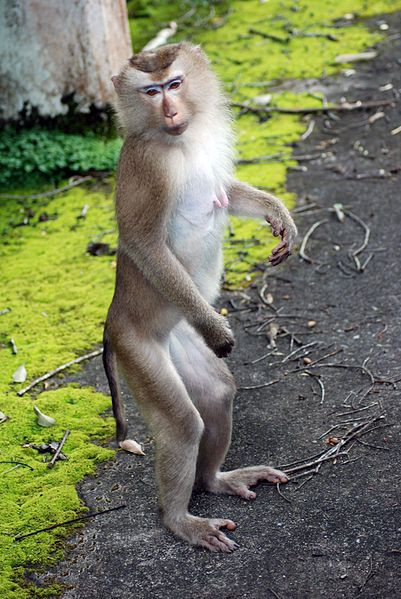Brain Uses Sparse Coding When Choosing a Side in a Conflict

Researchers have constructed a model that predicts an individual's response in a conflict.
When a conflict breaks out, the brain needs to decide whose side to take and it makes these decisions based on memory and group affiliations. How does the brain know what to do and specifically whether to get involved in the conflict or not is now possible compute, says a new study.
The brain, researchers say, requires very little information while making decisions about group conflict. The brain relies on what is called sparse coding that allows it to make predictions based on very few bits of information. Sparse coding is also useful in making associations and storing memories.
Other research has shown that the brain doesn't require fine details about a picture to make a decision rather it can get all the information it wants from lines, edges and orientation.
The brain also uses sparse coding to know how much energy to use for a given task.
A team of researchers from Wisconsin Institute for Discovery (WID) at the University of Wisconsin-Madison calculated how much information a brain requires to make a decision during a conflict.
"So what you get is a model where you have to remember fewer things but you still get very high predictive power -- that's what we're interested in. What is the trade-off? What's the minimum amount of 'stuff' an individual has to remember to make good inferences about future events?" said Bryan Daniels, a WID researcher who led the study.
The team constructed models that could predict an individual's involvement in a conflict by studying the natural incidents of fight that occurred in a group of 84 captive pigtailed macaques.
To see whether they had got the models right, researchers plugged in data of fights that occurred in a group of monkeys to their models. They then compared the results of this simulation to what actually happened in real monkey fights. Note that the data of conflicts in monkey group was not used to create the models, but was used to test the models.
The researchers found that the model that predicted conflict outcomes using sparse codes was better than other models that predicted conflict outcomes using combination of pairs. The researchers found how much information was needed to make a decision to fight or flee by removing information from the models until the predictions got worse.
"We know the monkeys are making predictions, but we don't know how good they are. But given this data, we found that the most memory it would take to figure out the regularities is about 1,000 bits of information," said Daniels.
Researchers say that sparse coding is a good, but not the only, candidate that encodes conflict. Future research on this subject will look at how the individual changes a decision based on its alliance with a party involved in a conflict.
The study was published in the Proceedings of the National Academy of Sciences.
Published by Medicaldaily.com



























